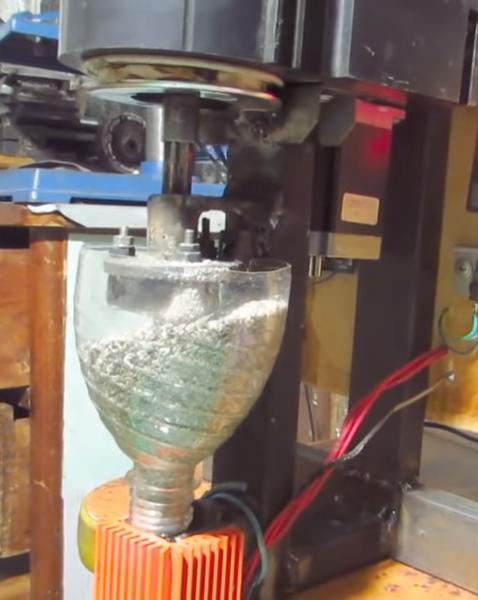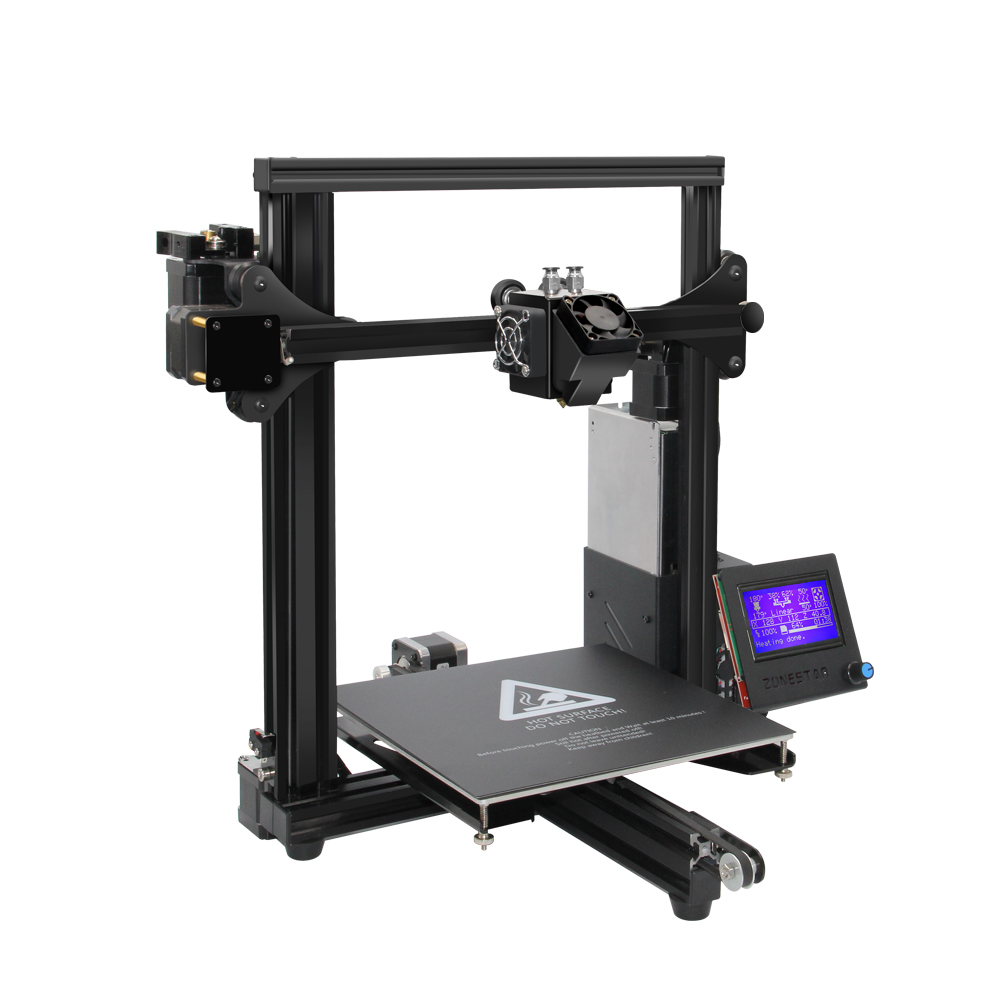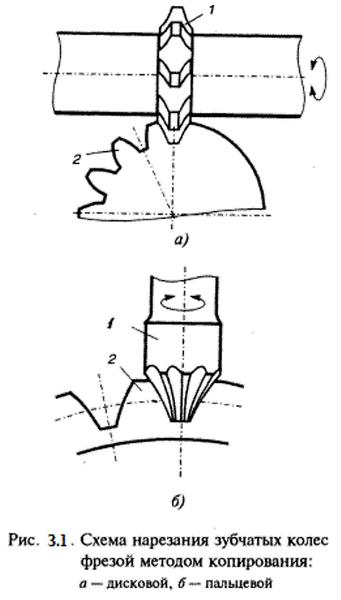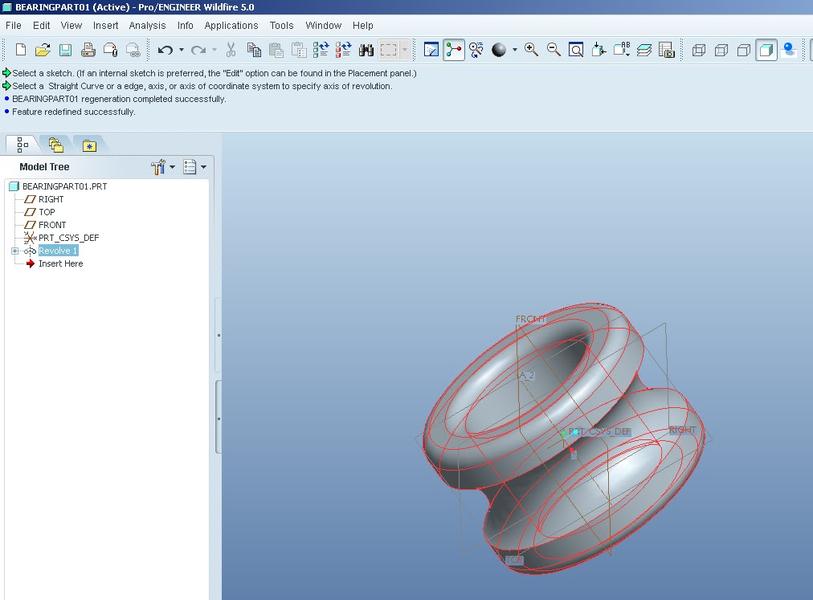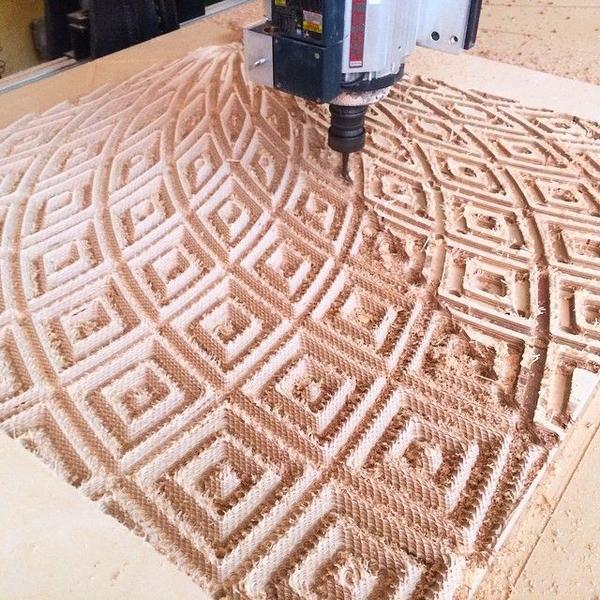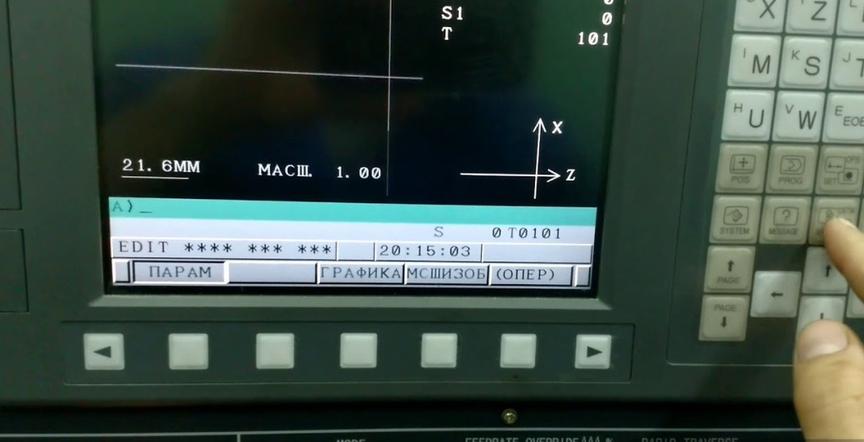Homemade filaments from PET bottles for 3D printing
By making filament for 3D printing on a printer, the user can significantly save money on consumables. Plastic thread for printing can be made from PET bottles. Let's consider which bottles are suitable for this, the order of making the thread, as well as the advantages and disadvantages of this method.
Can plastic for a 3D printer be made from PET bottles?
When making plastic thread for 3D printing, it is recommended to use the following types of polyethylene terephthalate bottles:
- Blue. These bottles have the stiffest plastic, but in molten form it will be the most flowable of all.
- White and green. The plastic of these bottles is softer than that of the blue ones. In molten form, the material is denser.
- Brown. These bottles have the softest plastic. In molten form, it has a high viscosity (similar to ABS filament).
How to make thread by hand and print with plastic bottles?
Preparatory work
Before starting the production of bottle thread, the bottles should be unravelled into ribbons.
Soft bottles have thinner plastic, so it is best to unravel them into ribbons of 10 mm.
Tougher material or harder plastic bottles can be cut into thin strips, about 7 mm thick.
Tools for creating 3D printer thread from PET bottles
To create filament from PET bottles, you will need the following tools:
- stationery knife or bottle cutter;
Important! When choosing a bottle cutter, it is necessary to pay attention to the precision of cutting the plastic. The width of the cut strips should not differ by more than 0.1 mm.
- oven;
- plastic crusher;
- homemade vertical extruder - it has a metal tube with a drill bit rotating with the help of a stepper motor, and a nozzle with two heaters from a 3D printer;
- rotating table;
- large bowl;
- cold water.
Step-by-step instructions
Production of thread from PET bottles for 3D printing is carried out in the following order:
- The cut plastic bottles should be melted in the oven at a temperature of 180 °C. The melting time depends on the number of bottles.
Tip. It will take about 40 minutes to melt 10 plastic bottles.
- After melting, the plastic should cool completely. All excess moisture will evaporate from the material, and it will crystallize. The polymer looks like glass.
- The cooled material should be ground into a finer fraction in a crusher.
- Then the crushed plastic is poured into the vertical extruder. The rotating screw moves the ground polymer to the bottom of the device to the nozzle with the heaters. The plastic begins to melt.
- Coming out of the nozzle, the molten PET plastic goes into a bowl of cold water, which is located on a rotating table. The rotation of the table prevents the material from sticking. The thread must be cooled as quickly as possible to become flexible and transparent. In this case, it can be used for 3D printing.
- Before using homemade filament for printing, it should be thoroughly dried. Since with a large amount of moisture, the molten plastic thread will come out of the extruder in the form of foam. It is recommended to dry the thread spools in a closed container with silica gel at a temperature of 50-60 °C. You can use an oven for this, or simply place the container on a radiator.
When using ready-made thread for 3D printing, there are several nuances to consider:
- Print the product on a cold table, the temperature of which does not exceed 35 °C. This temperature restriction is due to the fact that the plastic must rapidly cool to below 70 °C. Otherwise, the material can almost completely lose its strength properties.
- The extruder temperature should be around 265 °C. But it may vary depending on the printing speed and the type of plastic from which the filament is made.
- If the feeder mechanism of the 3D printer is made of brass, it is better to put a thin-walled rubber hose on the roller. It will prevent the PET thread from slipping.
Advantages and disadvantages of using bottles to create plastic
The main advantage of recycling PET bottles into plastic threads for 3D printing is that it can save money on buying industrial filaments and recycle unwanted packaging, which heavily pollutes the environment when disposed of in landfills.
Disadvantages of using homemade filament include:
- it is only possible to print products at low speed, as at higher speeds the thread breaks;
- a crusher is required to grind the material and a separate extruder to redirect the plastic;
- it is impossible to print large-sized products, because the length of the thread is limited.
Producing threads for 3D printing is an excellent way to save on consumables and recycle unwanted PET bottles. Homemade filaments have similar properties to commercial ones. Therefore, with their help, you can print high-quality small products.

